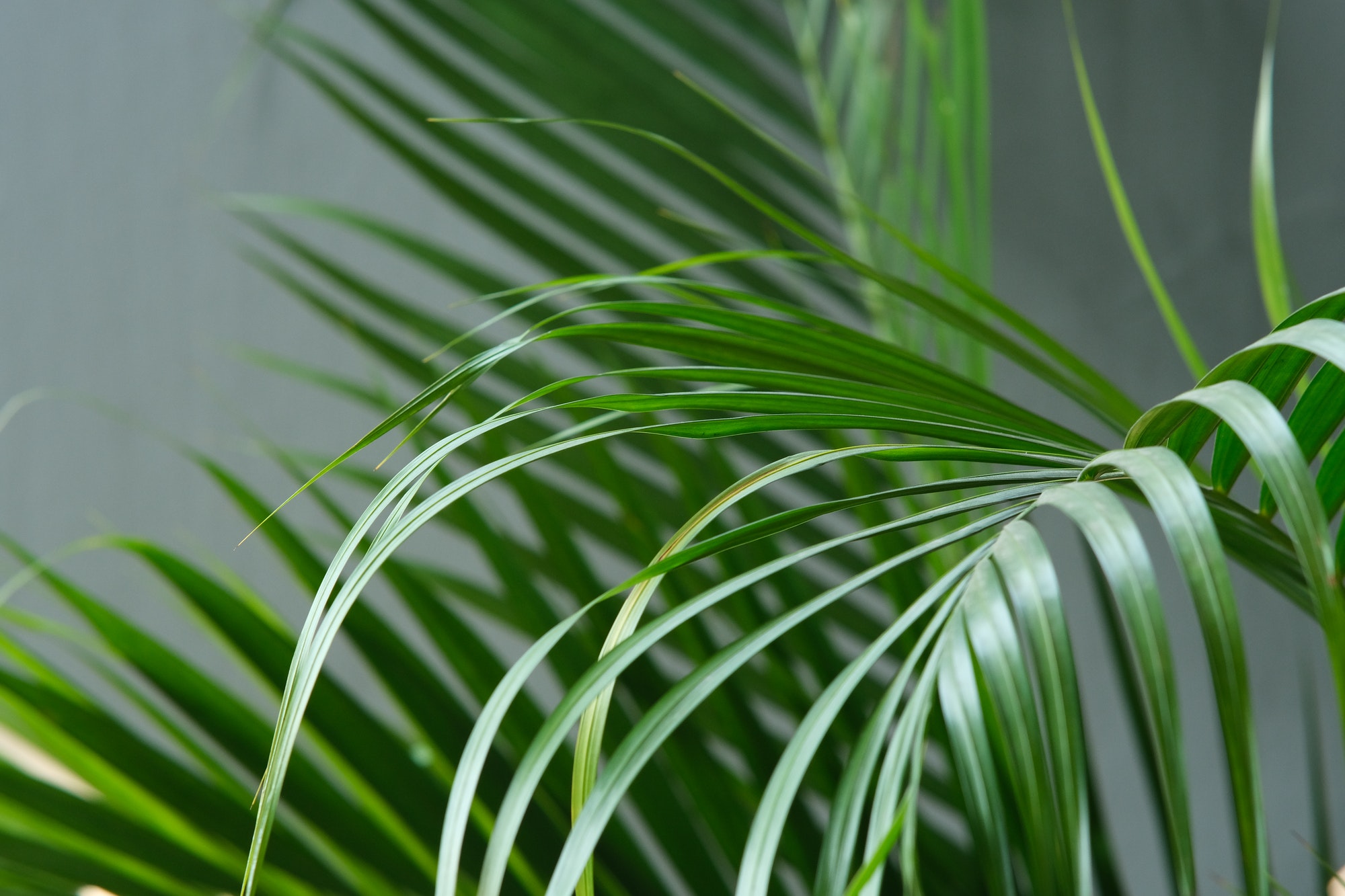Golden cane palms, also known as Dypsis lutescens or Areca palms, are popular indoor plants known for their graceful fronds and air-purifying qualities. Here’s a guide on how to care for golden cane palms indoors:
Light:
- Bright, Indirect Light:
- Place your golden cane palm in a location with bright, indirect light. They can tolerate some direct sunlight but avoid prolonged exposure to intense sunlight, which may scorch the leaves.
- Adaptability:
- Golden cane palms can adapt to lower light conditions, but their growth may slow down.
Watering:
- Consistent Moisture:
- Keep the soil consistently moist but not waterlogged. Water when the top inch of the soil feels slightly dry.
- Drainage:
- Ensure the pot has drainage holes to prevent water from pooling at the roots.
Humidity:
- Moderate to High Humidity:
- Golden cane palms prefer higher humidity levels. If your indoor environment is dry, consider misting the plant regularly or placing a humidifier nearby.
Temperature:
- Moderate Temperatures:
- Maintain temperatures between 65°F to 75°F (18°C to 24°C). Protect the plant from drafts and sudden temperature changes.
Fertilizing:
- Balanced Fertilizer:
- Use a balanced, water-soluble fertilizer during the growing season (spring and summer). Apply it every 4-6 weeks, following the package instructions.
- Dilution:
- Dilute the fertilizer to half or quarter strength to prevent over-fertilization.
Pruning:
- Remove Yellow or Brown Fronds:
- Trim off any yellow or brown fronds with clean, sharp scissors or pruning shears. This helps maintain the palm’s appearance and redirects energy to healthier growth.
Cleaning:
- Wipe Leaves:
- Occasionally wipe the leaves with a damp cloth to remove dust. This promotes better photosynthesis and keeps the plant looking vibrant.
Pests and Diseases:
- Inspect Regularly:
- Check the plant regularly for pests such as spider mites, scale insects, or mealybugs. Treat promptly if you notice any signs of infestation.
Repotting:
- When Necessary:
- Repot your golden cane palm when it outgrows its current container or when the soil becomes depleted.
- Gently Separate Roots:
- During repotting, gently separate any circling roots to encourage healthy growth.
Consideration for Yellowing Leaves:
- Natural Shedding:
- It’s normal for lower leaves to turn yellow and eventually brown as the plant grows. Simply trim them off.
- Overwatering:
- Yellowing leaves can also be a sign of overwatering. Adjust your watering routine if you notice consistently wet soil.
Specific Considerations:
- Sensitive to Fluoride:
- Golden cane palms can be sensitive to fluoride in water. If you notice leaf tip burn, consider using distilled or rainwater for watering.
By following these care guidelines, you can keep your golden cane palm healthy and thriving indoors. Regular monitoring and adjusting care based on the specific needs of your plant will contribute to its overall well-being.





